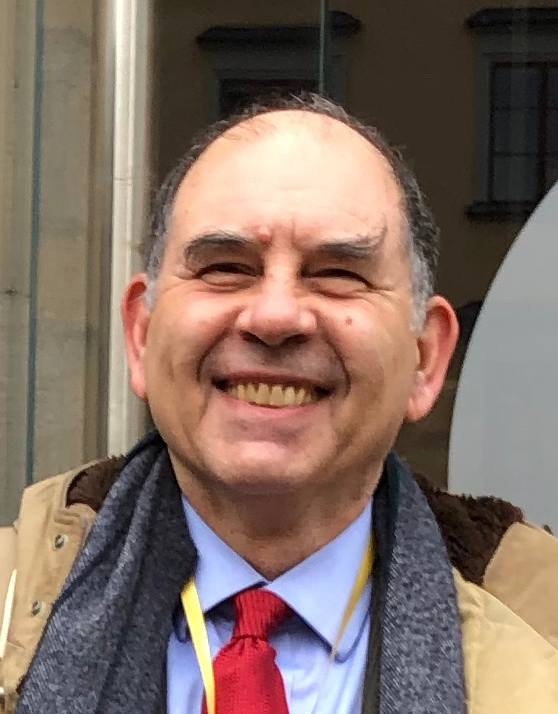
Marie Hesseldahl Larsen is a partner at 3XN / GXN and Head of the office’s dedicated Interiors team. Marie has extensive experience with the competition department, developing conceptual designs and large-scale competition projects – primarily for offices, as well as cultural, hospitality, and public buildings. Marie looks to integrate behavioral insights and sustainable techniques from GXN into her projects and has led the Interior design team in a range of ambitious projects in Denmark and abroad.
My Lunsjö is a behavioral specialist in the behavior design unit at 3XN / GXN. She is an architect by training, with an additional master’s degree in environmental psychology. My works closely with the 3XN architectural teams to inform design processes with her insights from the field of architectural psychology. Her aim is to increase the health and well-being of those who use the architecture by focusing on aspects such as sensorial experiences, and the influence of light and colors on the perception of space.
Michal Matlon: My, we met a few years ago at a conference in Prague. At that time, you were working for the City of Copenhagen. Tell us a bit more about your background.
My Lunsjö: I have an architectural background, but I also have a master’s degree in environmental psychology. My thesis focused on implementing research in the architectural design process and bridging the two fields.
Research is often text-heavy and not so hands-on. Architecture, by contrast, is a craft based on intuitive experience, and the way of working is more fluid. So, I make a connection between these two worlds. Now I work with Marie at 3XN, an architecture studio, and at GXN, their innovation department.








